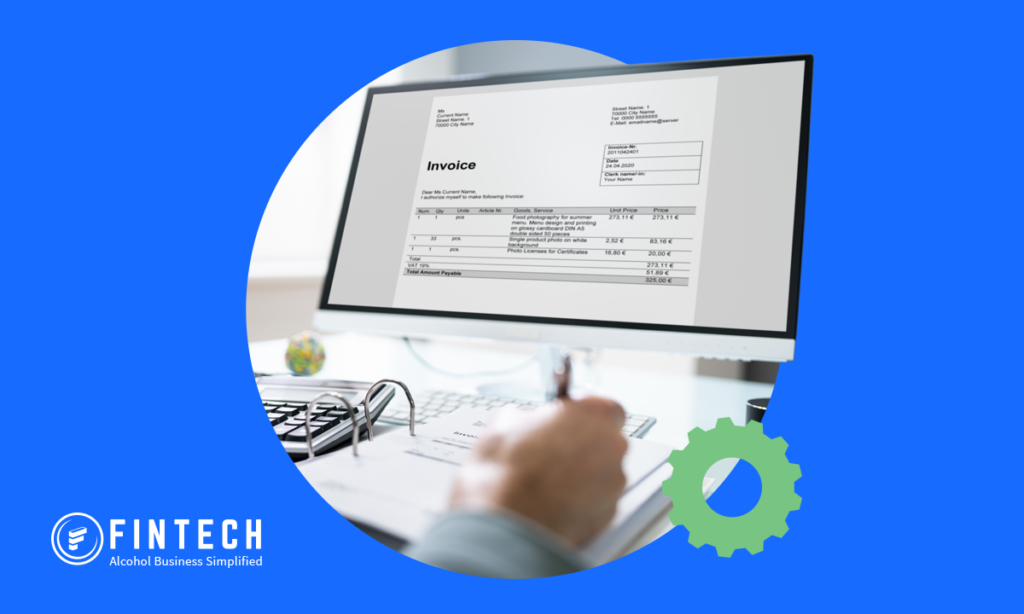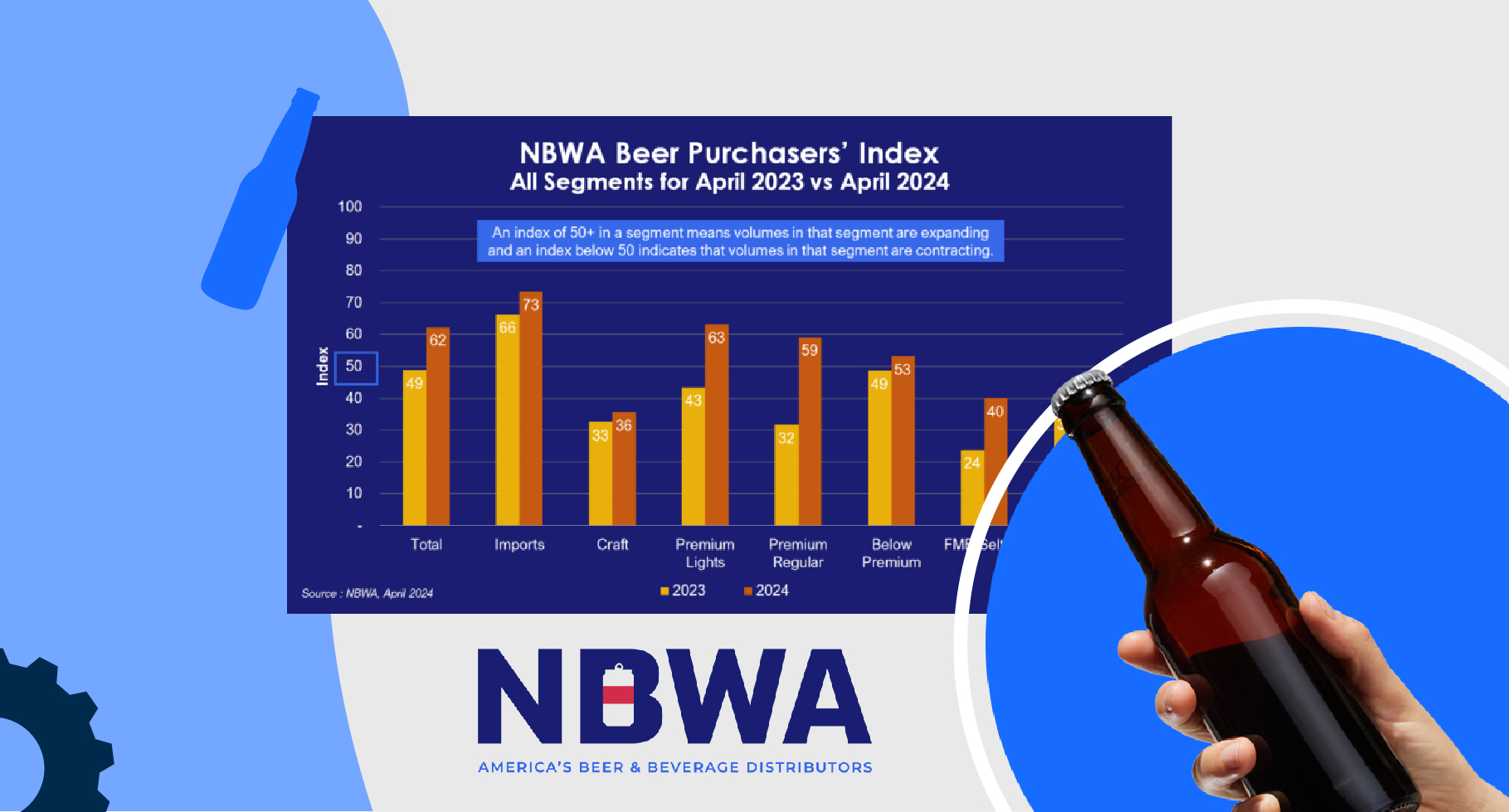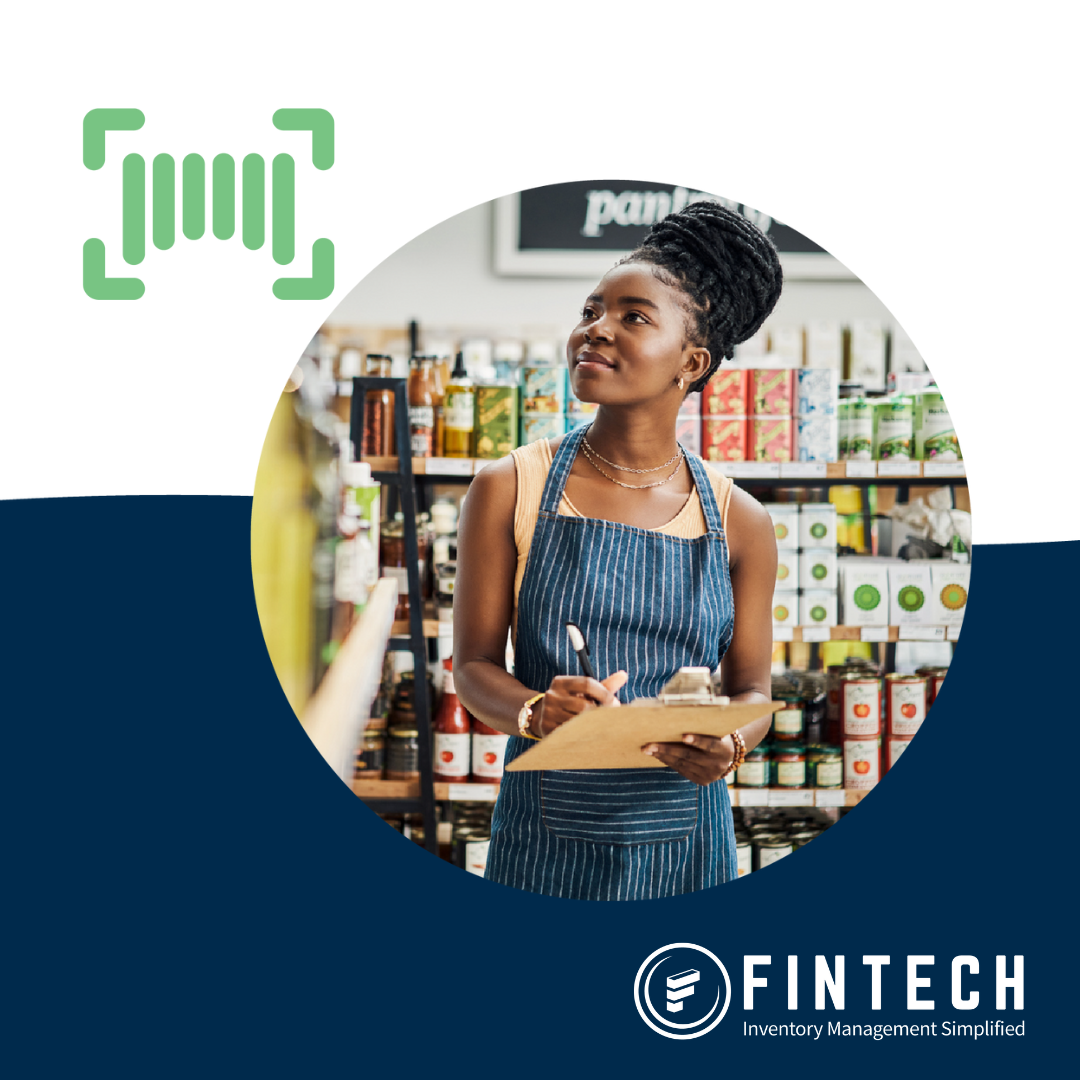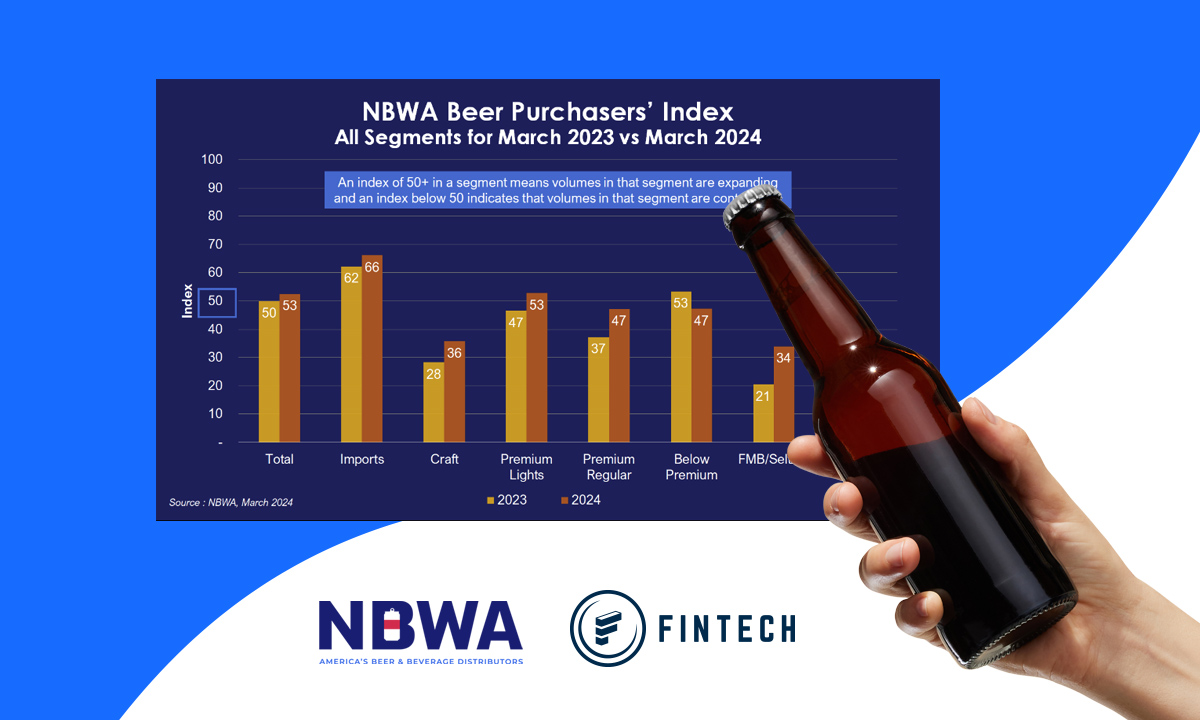E-invoicing, short for electronic invoicing, involves exchanging digital invoices with structured data formats. There is a high volume of invoices with B2B exchanges, and e-invoicing helps manage the workload while providing a vehicle for seamless invoice data transmission into back-office or accounting systems. By digitizing the invoice process, businesses can automate a traditionally manual-intensive process and eliminate errors, ensure timely and accurate payment to remain compliant, and improve vendor relationships.
How Does E-Invoicing Work?
An e-invoice contains all the same information found on a paper invoice – invoice date, invoice number, amount, due date, and vendor ID. The difference is that all this line-item data is structured in a digital format designed to be read by back-office systems. This data is then normalized and prepped for transmission into a back-office or accounting system through electronic data interchange (EDI) or a daily uploaded file.
Benefits of E-Invoicing
E-invoicing solves many of the problems facing manual invoice processes. Things like human error, payment delays, and the length of time it takes to manually process an invoice are all solved via e-invoicing.
Increased Productivity
Manually entering line-item invoice data takes hours. By automating the invoice data entry processes, employees become more productive and can focus on other revenue-generating tasks. For hospitality businesses with more customer-facing demands, this is a boon for efficiency.
Eliminate Errors
With the high volume of invoices, it is easy to make a mistake like entering in the wrong amount for an item or skipping over a line item. While seemingly small, these mistakes can impact P&L statements and affect margins, leading to lengthy reconciliation processes. E-invoicing fixes this by seamlessly transmitting error-free line-item invoice data directly into a back-office or accounting system.
Faster Payments
E-invoicing facilitates faster payments to vendors. Invoices can come with different payment terms like cash-on-delivery or NET30, for example, depending on the type of product or state regulations. With e-invoicing, those payments are made on time per the invoice terms, so businesses can relax knowing timely payments are made with each vendor. This electronic payment also eliminates the need to stop and write a check or manually pay in another way.
Modernize Accounts Payable Processes With Electronic Invoicing
Take a fresh approach to B2B transactions with electronic invoicing. This allows businesses to accelerate their accounts payable processes and generates ROI with both time and cost savings. Fintech’s PaymentSource® supports e-invoicing for alcohol invoices in addition to all other business expenses like operating supplies, goods, and services. Read more about PaymentSource to learn how e-invoicing can optimize invoice management.





